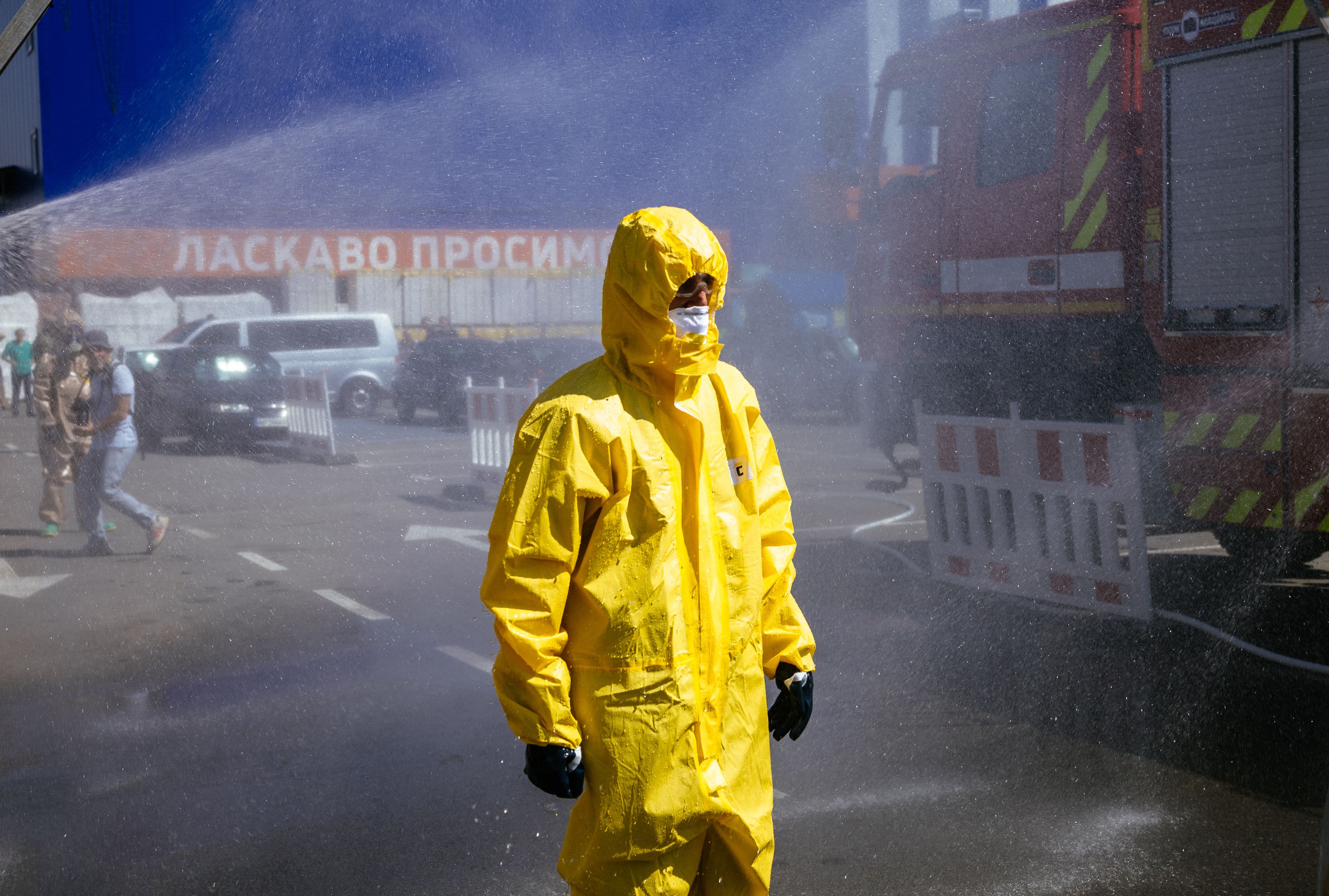Connecticut released data Thursday for the first time showing the race of people subjected to police use of force, a reporting practice that many states are beginning to adopt in the wake of nationwide calls for more police accountability.
The data from 2019 and 2020 appeared to show Connecticut police used force on Black people at disproportionate rates compared with white people, but the analysts who released the data cautioned that there were limitations in the reporting, saying it was “insufficient” and could not be used for a comprehensive assessment.
The state is just the second in the country, after New Jersey, to publicly report statewide police use-of-force data, officials said. Several other states have passed similar requirements in recent years and will soon be reporting their results. The changes have come in response to fatal shootings and other uses of force by police officers against Black people that sparked outrage and protests across the country.
Get Connecticut local news, weather forecasts and entertainment stories to your inbox. Sign up for NBC Connecticut newsletters.
Several cities in the U.S., including New York, have been reporting use-of-force data for years. The FBI has been gathering data nationally but has not yet released the raw data or analyses.
The Connecticut report said that of the more than 1,300 people reported to have been subjected to police use of force in 2019 and 2020, 38% were Black, 33% were white and 20% were Hispanic.
The Connecticut population is 13% Black, 65% non-Hispanic white and 18% Hispanic, according to U.S. Census data.
Analysts and police officials said comparing use of force data to the Census data was neither valid nor fair for a host of reasons.
The bulk of use of force reports came from police departments in the state’s largest cities, which have much higher minority populations, said analysts in the report by the Institute for Municipal and Regional Policy at the University of Connecticut.
Ken Barone, associate director of the institute, said it may be better to compare the use-of-force data with arrest data. In 2019 and 2020, about 34% of people arrested in Connecticut were Black, 44% were white and 21% were Hispanic. The number of use-of-force incidents was just 1% of the number of arrests.
“A disparity still appears to exist in reported incidents of force involving Black individuals when compared to available arrest data,” the report said.
Scot X. Esdaile, president of the state chapter of the NAACP, said the racial demographic data was troubling.
“It's not something that I think I’m surprised about because we see on a regular basis the heavy hand of law enforcement on Black communities, and we’ve seen it for decades,” he said. “This kind of validates that something seriously needs to be done.”
David McGuire, executive director of the American Civil Liberties Union of Connecticut, also said he found some of the data disturbing,
Of the more than 1,300 people subjected to police use of force over the two years, police reported that 31% were said to be emotionally disturbed, 9% were said to be suicidal and more than 40% were said to be under the influence of drugs or alcohol, the report says. And about a third of the people subjected to police force were fleeing at the time.
“It is another clear indication that there needs to be a very intentional move by government ... to move money out of policing and into services people need,” McGuire said.
According to the report, 1,058 officers used force on 650 people in 2019, and 977 officers used force on 663 people in 2020. Some incidents involved multiple officers. There are about 7,250 police officers in Connecticut.
Bridgeport, the state’s largest city, led all departments that reported data with 264 use-of-force incidents over the two years. Waterbury reported 229 incidents, followed by state police with 181, New Haven with 161 and Hartford with 91.
Connecticut has more than 100 police agencies. The data included incidents reported by 60 departments. Other agencies reported they had no use of force incidents or did not submit data.
The data included the use of guns, stun guns, pepper spray, fists and physical restraining. Most of the uses of force were physical restraining - more than 800 incidents over the two years - while incidents involving deadly force and firearms totaled nearly 280. In most cases involving police drawing guns, officers only displayed them and did not fire, the report said.
In 2019 and 2020, 11 people were killed by police officers’ deadly use of force. Most of the people subjected to police force were unarmed - 90% in 2019 and 85% in 2020, the report said.
Officials believe a standardized form for all departments that was rolled out in July 2022 for use of force will take care of some of the inconsistencies in reporting.
Cheshire Police Chief Neil Dryfe, president of the Connecticut Police Chiefs Association, said police leaders will be closely watching future reports that include better data, including race and ethnicity numbers, to see if any changes in policing are warranted.
“The big takeaway I think, for me and many other chiefs, is that force is used in just a small, tiny fraction of police community interactions,” he said.




